Lt Colonel Peter Mitchell
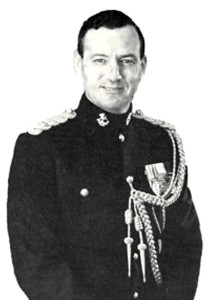 In early 1970 the Battalion was still in Hong Kong and was visited by Colonel Peter Hamer, Colonel, G.S. inf, Director of Military Operations at MOD. As 2 I/C I was present at his meeting with the CO (Lt Col Charles Huxtable) at the end of which we asked about the situation in Ulster and to our surprise were told that the planners were working on a major military commitment in the Province, lasting at least 20 years. Nevertheless, I don’t think we appreciated just how large a part the Province was to play in the Battalion’s life over the next two decades
In early 1970 the Battalion was still in Hong Kong and was visited by Colonel Peter Hamer, Colonel, G.S. inf, Director of Military Operations at MOD. As 2 I/C I was present at his meeting with the CO (Lt Col Charles Huxtable) at the end of which we asked about the situation in Ulster and to our surprise were told that the planners were working on a major military commitment in the Province, lasting at least 20 years. Nevertheless, I don’t think we appreciated just how large a part the Province was to play in the Battalion’s life over the next two decades
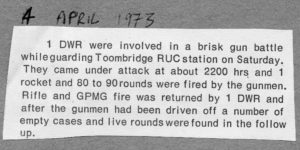 We found ourselves responsible for most of Co Londonderry with a company based in the RUC station in Magherafelt, which spent it’s time combatting the IRA South Derry “Brigade”, operating mainly around Bellaghy, Maghera, Kilrea and Toomebridge. There was a further platoon based in the RUC station in Dungiven, a strongly republican area. We also kept an eye on North Antrim, which was relatively quiet, although Larne had the potential for trouble from Loyalist factions and the Recce platoon monitored it and the Glens of Antrim which were thought to be an occasional terrorist training area.
We found ourselves responsible for most of Co Londonderry with a company based in the RUC station in Magherafelt, which spent it’s time combatting the IRA South Derry “Brigade”, operating mainly around Bellaghy, Maghera, Kilrea and Toomebridge. There was a further platoon based in the RUC station in Dungiven, a strongly republican area. We also kept an eye on North Antrim, which was relatively quiet, although Larne had the potential for trouble from Loyalist factions and the Recce platoon monitored it and the Glens of Antrim which were thought to be an occasional terrorist training area.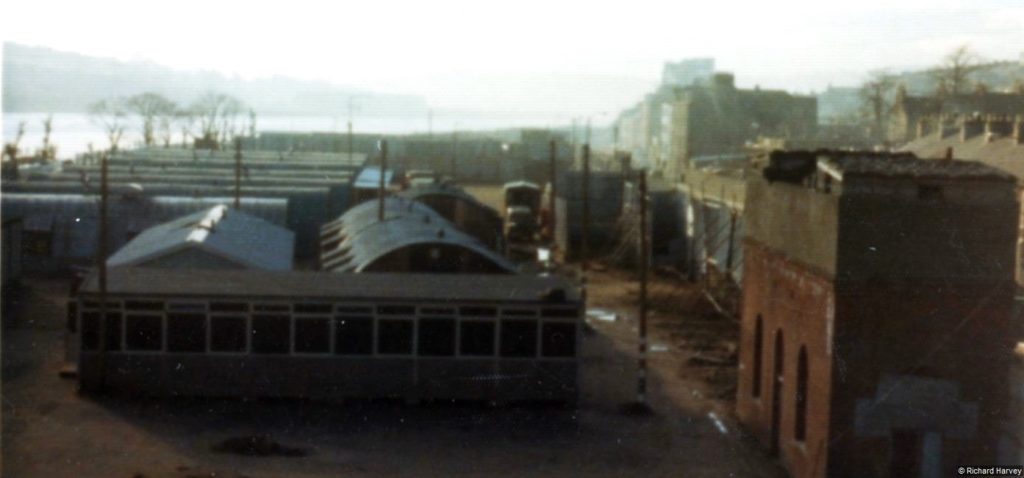
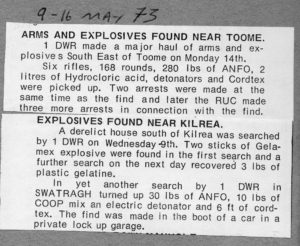 We operated a 4 week turnround for the companies in the various tasks, and although it could be argued that there was some loss of continuity, in my view this was overtaken by the morale advantages arising from a fair division of the most dangerous location (The City) between the companies and in any event everyone quickly got to know the various areas.
We operated a 4 week turnround for the companies in the various tasks, and although it could be argued that there was some loss of continuity, in my view this was overtaken by the morale advantages arising from a fair division of the most dangerous location (The City) between the companies and in any event everyone quickly got to know the various areas.We all quickly learned that Intelligence was the key to success. We established very close links with the RUC Special Branch, covering our areas, who appeared to have some excellent sources. There was an Int Corps NCO based with the company for a time. The Bn Intelligence Officer and his team built up a very large database, covering both the City and County areas.
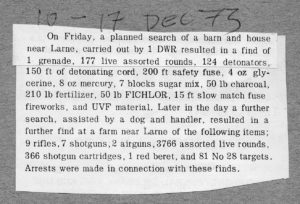 Despite all of this, together with intelligence, which from time to time came to us from “above”, we were caught out on occasions. Nevetheless there were a large number of successful operations leading to the discovery of roadside bombs, arms caches and many arrests of wanted men. Inevitably and sadly, we had casualties, with two killed and some fifteen injured arising from the 363 attacks (shootings and explosive) upon us.
Despite all of this, together with intelligence, which from time to time came to us from “above”, we were caught out on occasions. Nevetheless there were a large number of successful operations leading to the discovery of roadside bombs, arms caches and many arrests of wanted men. Inevitably and sadly, we had casualties, with two killed and some fifteen injured arising from the 363 attacks (shootings and explosive) upon us.